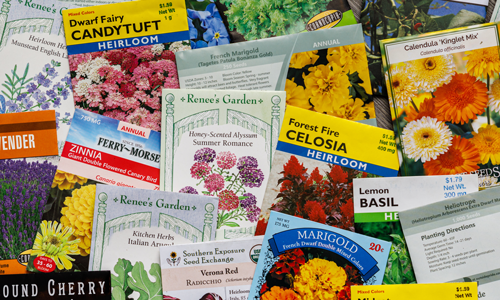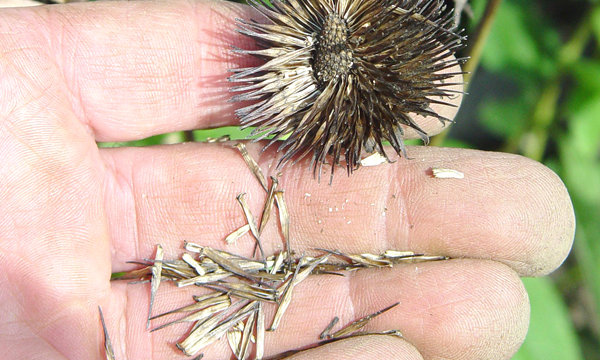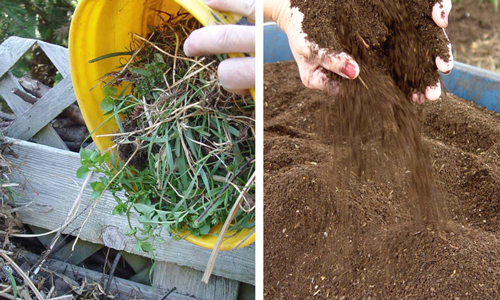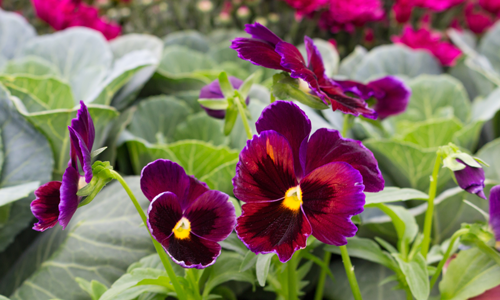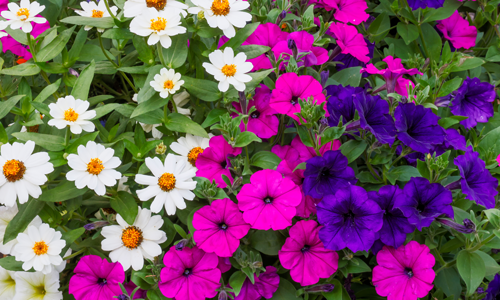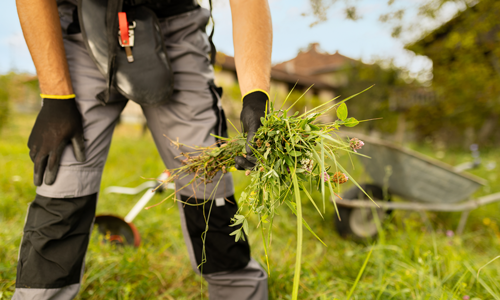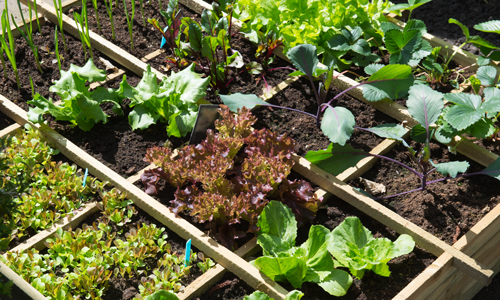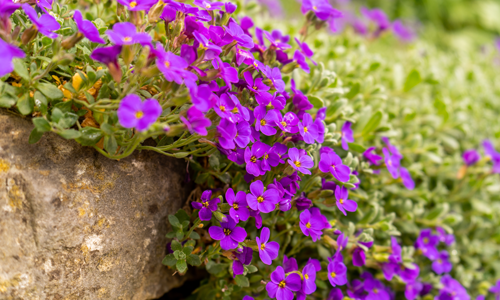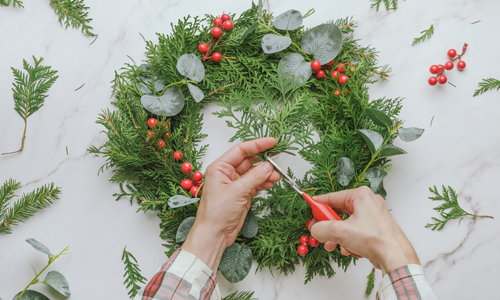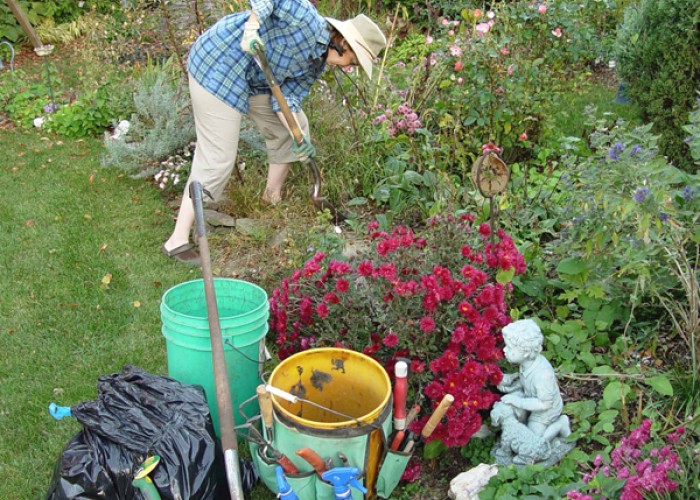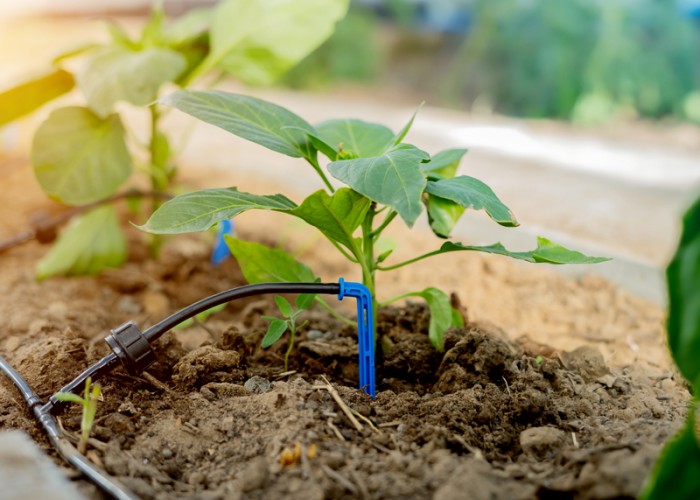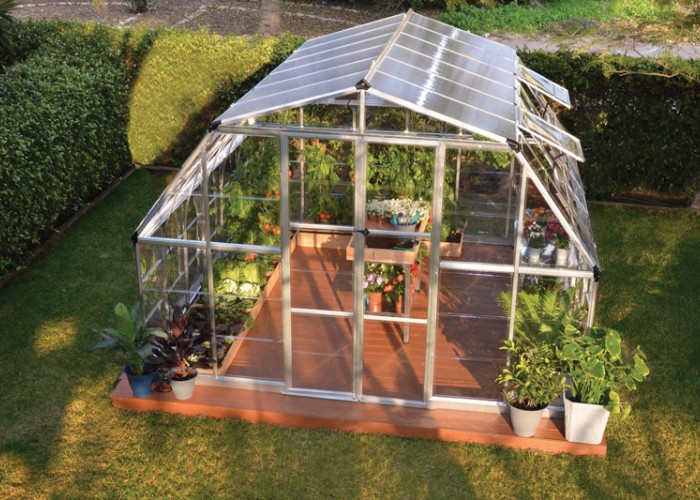10 Money-Saving Gardening Practices
Changes in how you garden is one last avenue of limiting expenses
By George Weigel1 Make the most of retail seed. Most seed bought in packs is good for two or more years, especially if you store it in a cool, dry place (the refrigerator is perfect). If the packs have more seed than you can use, share or trade with gardening friends and neighbors or look for seed swaps.
2 Collect and save your own seed. The mature flowers from many plants yield seed that can be saved and planted next year. Hybrid varieties usually don’t work well, but heirloom or “open-pollinated” varieties can supply years’ worth of new plants from a one-time seed purchase.
3 Make your own compost. Start a pile or two where you can recycle your property’s leaves, grass clippings, spent plants, and kitchen scraps into highly nutritious (and free) compost. If you do buy bagged compost (or soil or mulch), look for discounted broken bags.
4 Don’t yank the annual flowers after they die back at fall frost. Some types are cold-hardy enough to survive at least some winters and grow anew next spring. Possible returnees include dianthus, snapdragon, pansy, dusty miller and salvia.
5 Watch for annuals that pop up on their own. Flowering annuals might sprout in spring from your own self-seeders as well as seeds brought in by birds, bugs, and the wind. If you recognize these as flowers and not weeds, you’ve just been gifted with free flowers.
6 Don’t be too quick to yank apparently dead plants in spring. Some plants take longer than others to return to life in spring, while even woody plants sometimes surprise us by sending up shoots from the base of lifeless top growth killed to the ground by winter cold. Heap patience on top of patience before you turn to the shovel.
7 Take season-long advantage of all vegetable-garden space. Many gardeners plant veggies once in spring, then let the space empty after harvest. Reload harvested space with new crops that can be planted in summer to fully use the entire growing season.
8 Save water by letting lawns go dormant during a hot, dry summer spell. Most turfgrass can survive without water for at least three or four weeks after going brown in a summer-survival dormant state. No need to water until then.
9 Save on mulch by covering bare ground with low, spreading groundcover plants. Examples are creeping sedum, creeping thyme, leadwort and liriope. You’ll pay more at planting time, but as the plants spread, they’ll hold down weeds without having to buy mulch anymore.
10 Save money on holiday decorating by harvesting landscape plants. Clippings from evergreens can be used to make homemade wreaths, for example, while clusters of holly berries and dried hydrangeas make good color accents.
-
Gardening on a budget
-
Share this story:

